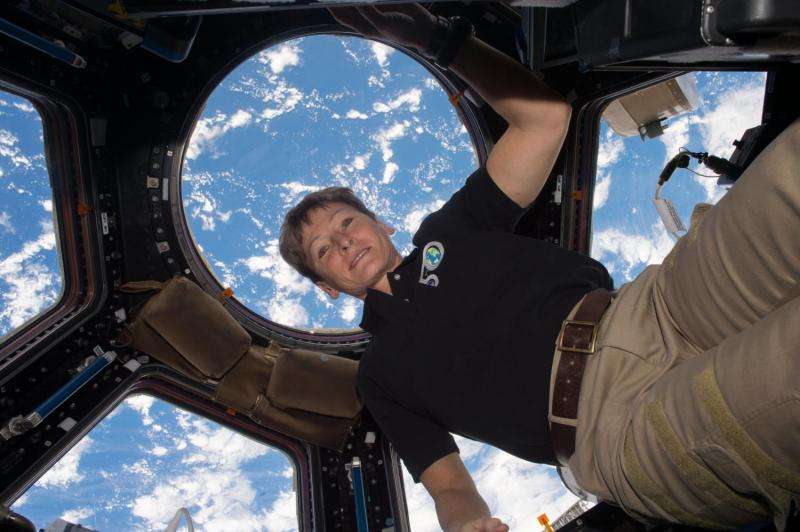The astronaut's extra nose

How do we prevent astronauts in space from inhaling hazardous gases? A German-Norwegian hi-tech optical gas sensor provides a solution.
"Astronauts must receive early warnings if harmful or unpleasant gases get mixed in with their breathing air," says senior scientist Atle Honne at SINTEF. "Because in space, you can't just open a window to ventilate the room," he says.
As a child, he read everything he could lay his hands on about the stars. Fifty years later, some of his life's work is being applied in the great expanse of outer space – 400 kilometres above the surface of the Earth! Honne is one of the architects behind the gas measurement system called ANITA, which was tested on the International Space Station (ISS) as a monitoring device of breathable air during 2007 and 2008.
The European Space Agency (ESA) has now commissioned a new, more compact and advanced version of the system that will be demonstrated and utilized initially on the ISS. In addition, the plan is to use the technology on future manned expeditions further out in space.
Early warning
Scott Hovland heads ESA's ISS Facility and Technology Unit and needs no encouragement to praise the qualities of the German-Norwegian sensor. Not least its operational speed.
"Early warnings of pollutants are essential, because they give astronauts the chance to take remedial actions in response to gas leaks or air purification system failures," he says. "Moreover, the ANITA technology is able to detect gases that we had never previously expected to find in the breathing atmosphere in space. Its ability to do this is extremely important to us," says Hovland.
Mammoths and mice
The ANITA technology uses optical measurements to identify gases. It can detect and distinguish between different gases by measuring how they absorb infrared radiation. On the ISS, the upcoming version of the sensor will complement today's monitoring systems, which are based on gas chromatography and mass spectrometry.
The challenge for all those seeking to monitor interior air quality is to identify and measure individual gases within complex mixtures. According to Honne, the optical technique provides faster and far more precise answers than current technologies in the analysis of gas mixtures.
"This doesn't mean that it's an easy task to measure many gases at the same time," says Honne. "We're looking for both mammoths and mice, and often the mouse will be hiding behind the mammoth," he says.
In space in three years
A decade ago, the first version of ANITA passed its first field test with flying colours on the ISS, where it was installed by the American space agency NASA. According to Honne, the system proved that it could measure many gases at the same time – fast and very accurately.
"During ANITA's year in space, our technology has shown that it can detect gases that other instruments fail to detect," says Honne.
In the same way as the previous model, the new version of the sensor will be developed by its Norwegian and German developers. The plan is to get it ready for operation on the ISS in 2020.
Fly me to the Moon
In addition, ESA intends to use ANITA on possible future space laboratories located in orbit around the Moon – closer to 400,000 kilometres from Earth.
Scott Hovland at ESA emphasises that effective monitoring of breathable air is essential for future deep space missions because, as he says, if serious problems should occur on their spacecraft, they can't make a quick return to Earth, which is always a possibility for the ISS crew.
"But adequate monitoring is just as important on the ISS," says Hovland. "I'm thinking about the importance of preventing false alarms. If a false alarm leads to an evacuation, large sums of money will have gone to waste for nothing and the astronauts will have to undertake a risky departure from the station for no reason," he explains.
ESA is investing in ANITA in order to avoid unwanted situations such as these, among other reasons.
Potential here on Earth
Atle Honne at SINTEF points out that there are also many potential applications for the high-flying ANITA technology here on Earth. The system can be used to check air quality in everything from submarines and aeroplanes to diving systems and laboratories. He also sees ANITA as ideally suited to the monitoring of industrial processes and environmental gas emissions, including waste gases produced by the agricultural sector.
"The space sector is interesting to us at SINTEF because it is a demanding market," says Honne. "If our measurement method passes the test in space, it will be well qualified for applications here on Earth," he says.
Provided by SINTEF



















